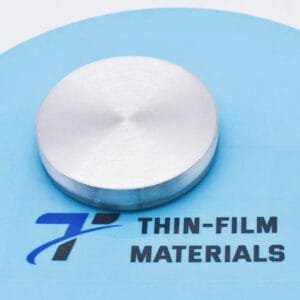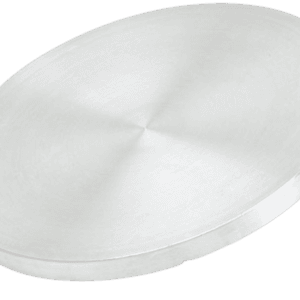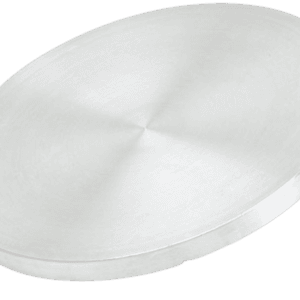Cobalt Platinum Sputtering Target Description
Cobalt Platinum Sputtering Target is a specialized material used in sputter deposition, a technique for creating thin films. In this process, ions bombard the target material, causing atoms to be ejected and deposited onto a substrate, forming a thin film.
Cobalt and platinum, the metals used in this target, each bring distinct advantages to specific applications. Platinum is renowned for its corrosion resistance and catalytic properties, while cobalt is valued for its magnetic capabilities.
Related Product: Aluminum Cobalt Sputtering Target, Chromium Cobalt Sputtering Target
Cobalt Platinum Sputtering Target Specifications
| Compound Formula | Co/Pt |
| Molecular Weight | 254.02 |
| Appearance | Metallic solid |
| Melting Point | 1680-1770℃ |
| Available Sizes | Dia.: 1.0″, 2.0″, 3.0″, 4.0″, 5.0″, 6.0″ Thick: 0.125″, 0.250″ |
Cobalt Platinum Sputtering Target Application
Cobalt Platinum Sputtering Target is widely utilized in the production of electronic devices, including semiconductors, solar cells, and flat-panel displays.
Cobalt Platinum Sputtering Target Packaging
Our Cobalt Platinum Sputtering Targets are meticulously handled throughout storage and transportation to maintain their quality in pristine condition.
Get Contact
TFM offers Cobalt Platinum Sputtering Targets in various forms, purities, sizes, and prices. We specialize in high-purity thin film deposition materials with optimal density and minimal grain sizes, which are ideal for semiconductor, CVD, and PVD applications in display and optics. Contact Us for current pricing on sputtering targets and other deposition materials that are not listed.





Reviews
There are no reviews yet.